UC San Diego sociologist David Phillips and coauthor Kimberly M. Brewer completed a study comparing blood alcohol content (BAC) and injury and death-related vehicle accidents, according to nbcbayarea.com. The results were published in the journal “Addiction.”
The study examined official data from the Fatality Analysis Reporting System (FARS). The dataset allegedly included information on all 1,495,667 persons who were involved in fatal car accidents in the United States from 1994 until 2008.
According to the article, the study found that blood-alcohol levels below the legal limit of 0.08 percent are still associated with injury and death-related vehicle accidents. They believe that even one drink can impair a driver enough to cause a fatal or severe accident. Phillips believed three mechanisms help explain the findings: “Compared with sober drivers, buzzed drivers are more likely to speed, more likely to be improperly seat-belted and more likely to drive the striking vehicle, all of which are associated with greater severity.”
San Diego’s MADD, Mother’s Against Drunk Driving, executive director Eloisa Orozco commented on the results stating, “If you’re going to drink at all, don’t drive.”
The sociologist commented that he hopes “our study might influence not only U.S. legislators, but also foreign legislators, in providing empirical evidence for lowering the legal BAC even more.” This is not necessary in California because there are two code sections that can be charged, California Vehicle Code Section 23152(a) and (b).
Under California Vehicle Code (VC) Section 23152(b) , “It is unlawful for any person who has 0.08 percent or more, by weight, of alcohol in his or her blood to drive a vehicle.”
This is sometimes referred to as California’s DUI “per se” rule. The law presumes that if your BAC is 0.08% or greater at the time of your blood or breath test, you are guilty of DUI, regardless of whether you were actually under the influence of alcohol and/or drugs at the time of driving.
Can you still fight your DUI case if your BAC was .08 or higher? Absolutely! There are many defenses, even to the (b) count. Speak to a DUI defense attorney to find out about all your rights and defenses to your case.
If your BAC was below a .08, but law enforcement believed you were impaired while driving, you can be charged with VC Section 23152(a) , which states, “It is unlawful for any person who is under the influence of any alcoholic beverage or drug, or under the combined influence of any alcoholic beverage and drug, to drive a vehicle.”
Whether a person is under the influence for purposes of driving is a matter of fact. Current California law already accounts for the fact that most people are under the influence if there BAC is .08 or greater at the time of driving. Others are not. Some are under the influence at a lower blood alcohol content. That is why there is an (a) count under the code.
 San Diego DUI Lawyers Blog
San Diego DUI Lawyers Blog






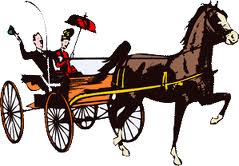 Can being under the influence while in control of the reins of a horse-drawn buggy subject you to the drunk driving laws in California? Yes, it may!
Can being under the influence while in control of the reins of a horse-drawn buggy subject you to the drunk driving laws in California? Yes, it may!
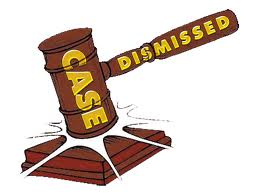 In 14 of the dismissed cases, it was alleged in the complaints that the blood alcohol level (BAC) of the defendants exceeded the legal limit of .08%. In the 15th case, the defendant was under 21 and her BAC was alleged to be .05%.
In 14 of the dismissed cases, it was alleged in the complaints that the blood alcohol level (BAC) of the defendants exceeded the legal limit of .08%. In the 15th case, the defendant was under 21 and her BAC was alleged to be .05%.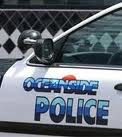
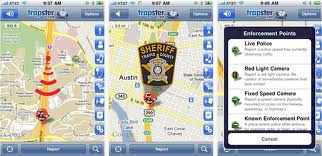
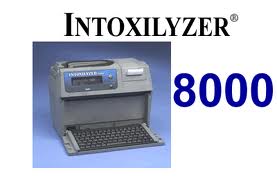
 On Friday night there were DUI saturation patrols in Poway, Oceanside, Escondido and San Diego. Checkpoints were also set up in San Marcos and Imperial Beach. Four drivers at each checkpoint were arrested for suspicion of drunken driving.
On Friday night there were DUI saturation patrols in Poway, Oceanside, Escondido and San Diego. Checkpoints were also set up in San Marcos and Imperial Beach. Four drivers at each checkpoint were arrested for suspicion of drunken driving.